The Cockatoo is actually a group of parrots in the Cacatuidae family. There are 21 different species of, ranging from the tiny Cockatiel to the massive Palm Cockatoo.
However, most species are relatively large birds. Like all parrots, they have curved bills and zygodactyl feet with two toes pointed forward and two toes backward. Read on to learn about the Cockatoo.
Description of the Cockatoo
Different species of these birds are different sizes, with different plumage and patterns. They range in size from one to two feet long from head to tail. At their heaviest, these birds weigh about two and a half pounds.
They come in a variety of colors, from all white or all black, to grey, pink, red, yellow, and more. Most Cockatoo species have feathers on the tops of their heads that they can lift and flatten, known as crests.
Interesting Facts About the Cockatoo
There are many different species of these birds, and each one is unique in its own way. Some species have incredible traits or behaviors. Learn more about some individual species of Cockatoos below.
- Palm Cockatoo – This species is an imposing bird. They are the largest Cockatoo species, and their entire bodies are black with red patches on their cheeks. Their bills are incredibly large, second only to the Hyacinth Macaw. They use their massive, powerful bills to crack open nuts and seeds.
- Leadbeater’s Cockatoo – Also known as the Pink Cockatoo, this species has beautiful light pink plumage and a bright pink crest. Their head and neck are white pink, and the rest of their bodies are white. The oldest recorded Pink lived to the ripe old age of 83!
- Sulfur-Crested Cockatoo – Sulfur-crested Cockatoos are all white birds, with yellow crests and yellow tails. They are one of several species of Cockatoo that are popular pets. Sadly, sometimes farmers view wild flocks as pests rather than pets.
Habitat of the Cockatoo
Cockatoos are usually relatively selective in their habitat preferences. Some species live in several different types of ecosystems, but most prefer a single type of habitat.
As a whole, they live in a variety of habitat types. They inhabit montane (or mountain) forests, mangroves, shrublands, rainforests, dry forests, and more. Some species also live in farmland, crop fields, and even parks or cities.
Distribution of the Cockatoo
These parrots have a relatively small distribution. All 21 species live in either Australia, the Philippines, or Indonesia. Some species live across large expanses of land, like Australia, while others inhabit only a handful of islands.
Their distribution varies from species to species. Several different Cockatoo species also live as pets in households worldwide.
Diet of the Cockatoo
This group of birds is primarily herbivorous, and eats a variety of plants. Some species feed on only a few types of plants, while others eat a wide variety of plant types. Their primary food source is seeds and nuts, which they crack open with their strong beaks.
They also eat fruits, berries, roots, buds, and more. Some species forage for food on the ground, while others search for nuts and berries in trees. Each species has a different diet.
Cockatoo and Human Interaction
Human interaction varies drastically from species to species. Some species have booming populations and are not particularly threatened by human activity. Other species have declining populations that only live in a restricted area, and human activity greatly reduces their populations.
Some of the greatest threats to these birds are habitat destruction, capture for the pet trade, and hunting. Of the 21 species, the IUCN lists 13 as Least Concern, 1 as Near Threatened, 2 as Vulnerable, 3 as Endangered, and 2 as Critically Endangered.
Domestication
Humans have not domesticated Cockatoos in any way.
Does the Cockatoo Make a Good Pet
Most Cockatoos do not make good pets. Some smaller species, like cockatiels, make very good pets. However, the larger species have incredibly long life spans, and require immense amounts of attention and mental stimulation. They are incredibly time-consuming pets, and require a lifetime commitment.
In addition, these birds are known for shrieking, or screaming – very loudly – at certain times every single day. This is a natural trait, and cannot simply be un-trained. Pet owners are prone to returning their pet Cockatoos to the breeder, or adopting them out. This is because they cannot stand the shrieking, which often happens very early in the morning, or at dinnertime.
Cockatoo Care
In zoos, Cockatoos require care similar to other parrot species. They need plenty of space to stretch their wings, exercise, and climb. Their enclosures have a variety of perches, ropes, and ladders for them to climb. They are social birds, and need to live in pairs or flocks of birds.
Though their diet varies by species, most eat a commercially produced seed-based diet. Zookeepers also supplement their diet with nuts, fruits, and berries.
Behavior of the Cockatoo
These birds are highly social, and depending on the species, some live in flocks numbering in the hundreds. During the day, flocks break apart into smaller groups to search for food, and rejoin at large roosts for the night.
Birds in particularly arid regions usually spend the hottest hours of the day resting in the shade. Most Cockatoos are monogamous, and pairs re-form as breeding season arrives.
Reproduction of the Cockatoo
Reproduction and mating rituals vary from species to species. Most large species of these birds lay two or three eggs per clutch. Sometimes the female performs all the incubation, and sometimes both parents incubate the eggs.
Incubation lasts around a month, and the chicks do not fledge until they are over two months old. In some species, the chicks remain with the flock for the rest of their lives.


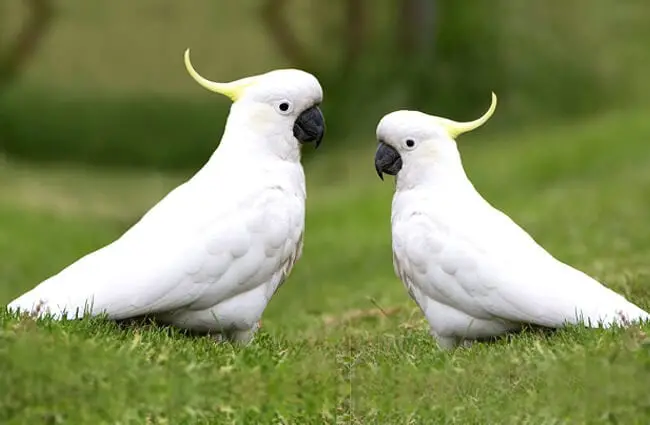


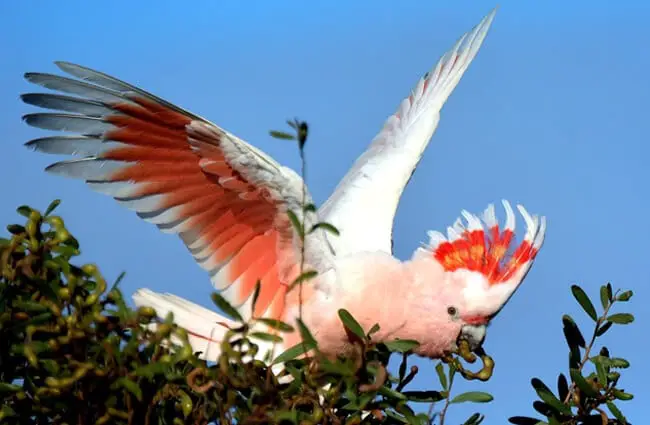


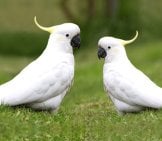

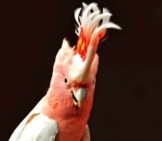
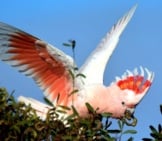
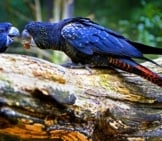
![Red Angus Closeup of a beautiful Red Angus cowPhoto by: U.S. Department of Agriculture [pubic domain]https://creativecommons.org/licenses/by/2.0/](https://animals.net/wp-content/uploads/2020/03/Red-Angus-4-238x178.jpg)












![Red Angus Closeup of a beautiful Red Angus cowPhoto by: U.S. Department of Agriculture [pubic domain]https://creativecommons.org/licenses/by/2.0/](https://animals.net/wp-content/uploads/2020/03/Red-Angus-4-100x75.jpg)

